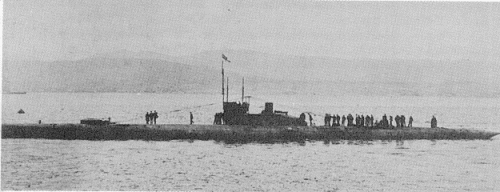
NAVYPEDIA
 Support the project with paypal
Support the project with paypal
Photo

Swordfish 1916
Ships
| Name | No | Yard No | Builder | Laid down | Launched | Comp | Fate |
|---|---|---|---|---|---|---|---|
| S1 (ex-Swordfish), 7.1917- Swordfish | ICA, 30, D15 | Scotts, Greenock | 2/1914 | 18.3.1916 | 4/1916 | patrol escort 8.1917, sold 7.1922 |
Technical data
| Displacement standard, t |
|
|---|---|
| Displacement normal, t | 932 / 1105 |
| Length, m | 70.5 |
| Breadth, m | 6.99 |
| Draught, m | 4.55 |
| No of shafts | 2 |
| Machinery | 2 sets Parsons geared steam turbines, 1 Yarrow boiler / 2 electric motors |
| Power, h. p. | 4000 / 1400 |
| Max speed, kts | 18 / 10 |
| Fuel, t | oil |
| Endurance, nm(kts) | 3000(8.5) / |
| Armament | 2 x 1 - 76/30 10cwt QF Mk I, 2 - 533 TT (bow, 2), 4 - 450 TT (beam, 8) |
| Complement | 42 |
| Diving depth operational, m | 30 |
Standard scale images

S1 1917
Graphics
Project history
Disappointed with the performance proposed for Nautilus, the Admiralty still hoped to build a 20kt submarine. The proposal put forward by Laurenti in mid-1912 was resurrected, for it promised 18kts on only 856t. What was known as the 'FIAT 140bis' design was developed by Scott's, with increased surface displacement, lower endurance and heavier armament. The order was placed in August 1913. In design it followed Laurenti principles closely, with a double hull for 75% of the length. A small folding funnel was provided, with electrical control; once folded down the well was sealed hydraulically by a cover. Two 76mm guns were provided forward and aft, also with disappearing mountings under watertight covers. Closing down the funnel took about 1.5min, and the rise in heat inside the boat proved to be no worse than in destroyers and light cruisers. Like the 'S' class, Swordfish had more watertight bulkheads than contemporary British designs. Other safety features which attracted favourable comment were the provision of safety buoys, a telephone buoy, a blowing arrangement with controls in the control room and forward and aft, and an emergency HP air line to all compartments.
She commissioned on 28 April 1916 as a tender to Dolphin, having been numbered S1 on 1 April. Although nominally operational with 4th Flotilla following acceptance in July 1916 her trials continued for five months. She tended to lose stability when surfacing, presumably because of the difficulty in clearing water from the free-flooding spaces in the upper part of the hull.
Modernizations
(6 - 8.1917, Portsmouth DYd): submarine was converted to surface patrol ship. New raised forecastle with new wheeling house were built up, new fixed funnel was taller. Steam turbine machinery remained but batteries are replaced by ballast and DC racks are fitted instead of TTs. New armament consisted of 1 x 1 - 102/40 QF Mk VI, 1 x 1 - 76/40 12pdr 12cwt QF Mk I/II, 2 DCR
Naval service
She was eventually laid up at Portsmouth in January 1917 while her future was decided. Taken in hand on 27 June 1917 for conversion to a surface patrol boat, and reverted to the name Swordfish in July. Commissioned on 10 August 1917 and accepted two months later; served as tender to Victory but did not become operational until January 1918.
 HOME
HOME FIGHTING SHIPS OF THE WORLD
FIGHTING SHIPS OF THE WORLD UNITED KINGDOM
UNITED KINGDOM SUBMARINES
SUBMARINES S1 submarine (1, 1916)
S1 submarine (1, 1916)
